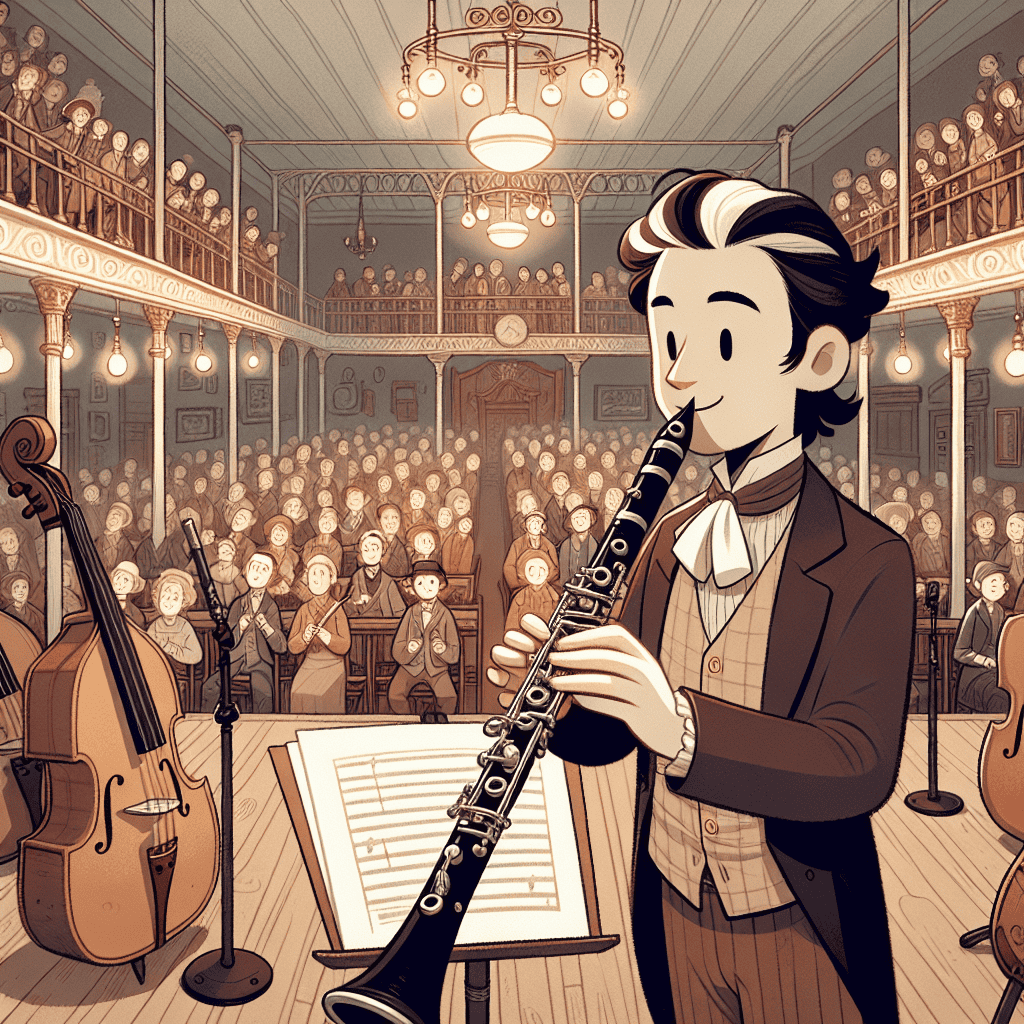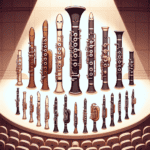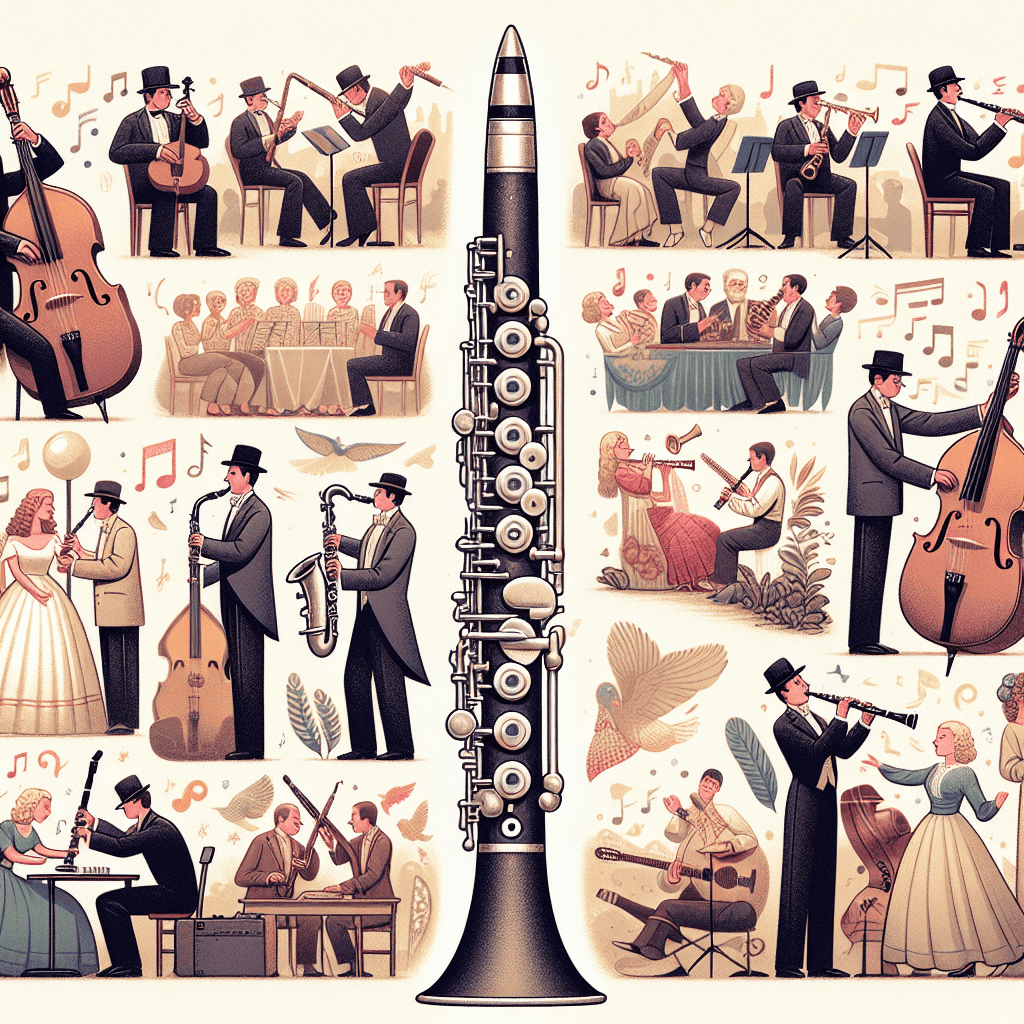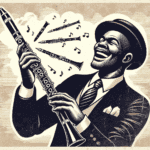Introduction to Historical Clarinet Vibrato Techniques
Vibrato is one of the ways musicians express themselves, especially when playing the clarinet. If you're interested in understanding historical clarinet vibrato techniques, you've come to the right place! Over time, clarinetists have spiced up their music by using different vibrato styles. Let's explore the colorful history of vibrato in clarinet playing.
The story of clarinet vibrato begins in the early 1900s. Musicians worldwide tried out new styles and techniques to improve their sound. Back then, vibrato was influenced by what the instrument could do and the popular music styles. In classical music, for example, vibrato was subtle, with small pitch changes that made the tone richer without overpowering the melody. It's like adding a hint of flavor to a dish without drowning out the main ingredients!
The Evolution of Clarinet Vibrato
As time went on, things got more exciting! When jazz came along, clarinetists started using a wider range of vibrato techniques. Their vibrato became more noticeable and varied, matching the emotional depth of jazz. Think about musicians like Louis Armstrong or Sidney Bechet – their unique styles and improvisations created personal vibrato sounds that are still remembered today.
| Era | Vibrato Style | Characteristics |
|---|---|---|
| Early 20th Century | Classical | Subtle, small pitch fluctuations |
| Jazz Era | Jazz | Pronounced, varied, emotionally expressive |
Different Vibrato Techniques
If you want to mix these historical styles into your playing, start by learning different vibrato techniques. Each technique feels unique and can add something special to your performance. Here are two examples:
- Finger Vibrato: This involves moving your fingers to slightly change the pitch. It's like your fingers are doing a gentle dance on the keys!
- Embouchure Vibrato: This technique uses small changes in how tight your lips are to create the vibrato effect. It's tricky, but that's what makes it fun to learn!
Learning from the Legends
A great tip is to listen to recordings of famous clarinetists. Pay attention to how they use vibrato in their performances. It's like getting a free lesson from the best! These recordings can help you understand and feel how vibrato adds rhythm and emotion to music.
Practicing Vibrato Techniques
Wondering how to practice these techniques? Here's a simple exercise to get you started:
- Choose a note and play it steadily.
- Slowly introduce small pitch changes by adjusting your lip pressure or finger position.
- Keep practicing – it might feel odd at first, but you'll improve with time!
Don't be afraid to try different things. When you're learning, it's good to experiment with various techniques. Some might suit your style better or work well for certain types of music. The goal is to find what sounds best to you and your audience!
Vibrato Throughout History
Vibrato has always been the special ingredient that brings music to life. It adds depth, personality, and drama to a piece. While each musician might use vibrato differently, one thing stays the same – using sound to express emotion. This tradition goes hand in hand with the work of great clarinet makers like Martin Freres. Their clarinets are made to support all these expressive vibrato techniques, helping players achieve beautiful sound quality.
Conclusion
Whether you're getting ready for a performance or just playing for fun, exploring historical vibrato techniques can open up new ways to express yourself musically. Remember, learning these techniques is a journey – enjoy the process! Keep practicing, and you might discover your own unique style in the world of clarinet vibrato!







